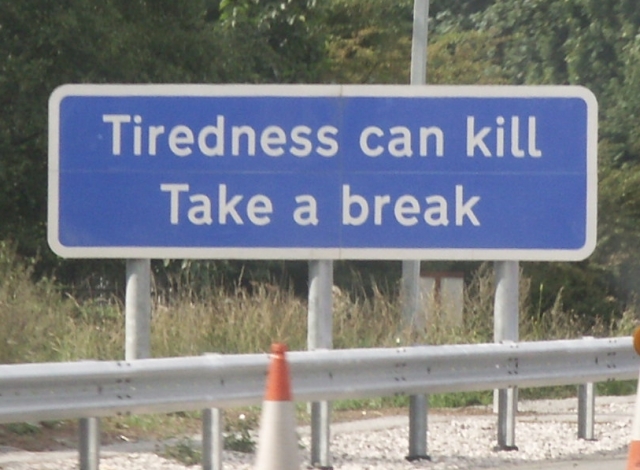Road Safety Week is a yearly event that promotes road safety and advocates for safer roads and responsible driving behaviour. The event aims to reduce road accidents and save lives. This is by encouraging people, communities, as well as organizations to prioritize road safety measures.
As an automotive company Vospers feels a level of responsibility to ensure that the cars we sell are used safely, as such, here is Vospers guide to road safety. This blog post aims to provide road safety tips for all road users including cyclists, drivers, motorcyclists and even horse riders.
Road Safety for Drivers
Perhaps the most obvious demographic of road users are drivers, there is certainly a lot to remember to drive safely but it is every driver’s responsibility to do so.
One piece of advice, that may sound obvious, is that the speed limit is a limit not a target. In some road conditions such as fog or rain, driving or riding at the speed limit could be too fast and will put you, your passengers, and the drivers around you at risk.
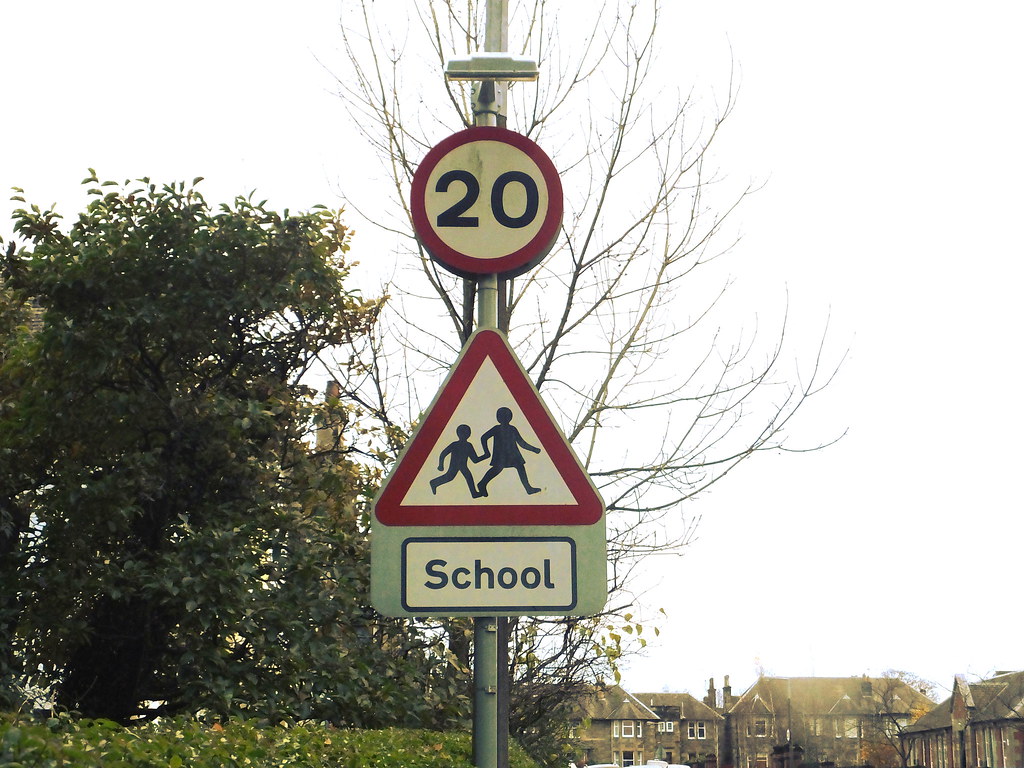
One area this could be the case is on single lane country roads, where the national speed limit applied is 60mph, but the average free flow speed is 48mph. This can cause several potential hazards so remember to always be cautious of your speed when driving in areas such as this. A few other pieces of advice to stay safe on country roads are:
- Read the road ahead to anticipate for potential hazards.
- Brake before the bend, not into it.
- Look out for hidden dips, upcoming bends blind summits and concealed entrances. Always drive at a speed which will allow you to stop in a distance you can see to be clear.
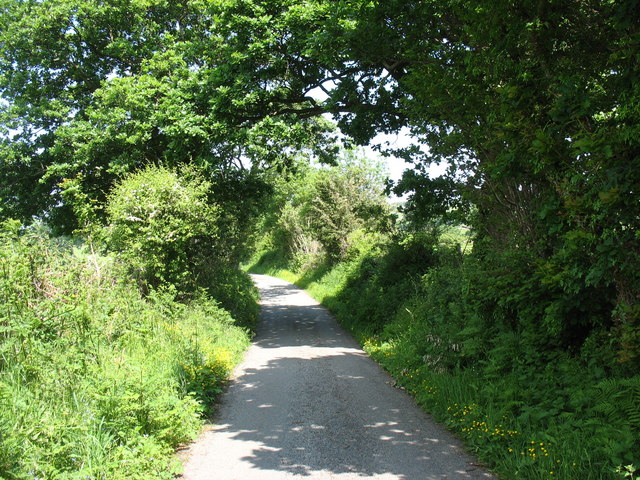
Another common issue among drivers is fatigue, here are some tips on how best to combat this during long journeys.
- Plan your journey to include a 15-minute break every 2 to 3 hours.
- Try to avoid a long trip between midnight and 6am as this is when you are most likely to feel sleepy.
- If you do start to feel sleepy, find a safe place to stop that isn’t the hard shoulder of a motorway. A service stop is the best place if possible. It is then recommended to drink two cups of coffee or a high-caffeine drink and have a rest for 10 to 15 minutes to allow time for the caffeine to kick in before getting back on the road.

Safety Checks
Drivers should also ensure their vehicle is well maintained; vehicle defects can be a contributing factor to major road traffic accidents. At Vospers we offer a vehicle safety check to ensure vehicle is safe on the road.
Road Safety for Cyclists
Another group of common road users are cyclists. Cyclists are some of the most vulnerable road users, in fact every year over 100 cyclists die on the road. The simplest way to avoid vulnerability on the road as much as possible is to use dedicated cycle paths when they are available to you. As well as this here are some tis to keep you safe when this isn’t an option.
- Ride decisively whilst keeping clear of the kerb.
- Use the correct signals to show drivers what you plan to do, making eye contact if possible.
- Avoid riding up the inside of vehicles where you might not be seen. If a vehicle is indicating to the left hang back at the junction to reduce the risk of a collision.
- Always use lights after dark or when visibility is poor.
- Always wear high-visibility reflective clothing and accessories.
- Wear a correctly fitted cycle helmet that is securely fastened and conforms to current regulations.
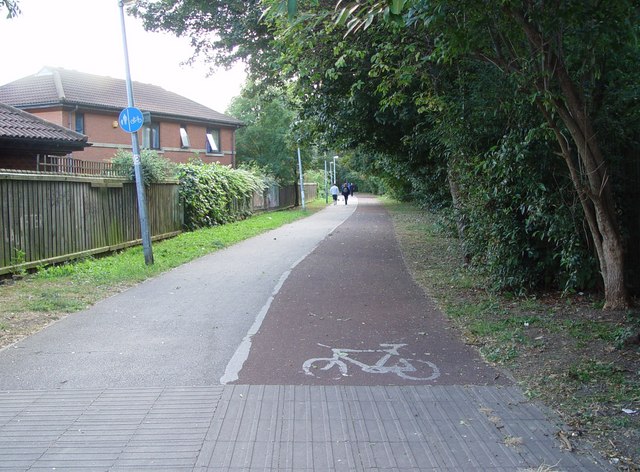
Road Safety for Motorcylists
In 2021, 310 motorcyclists were killed in Great Britain, 5,264 were reported to be seriously injured and over 10,000 were slightly injured. Road safety is extremely important for motorcyclists and those likely to encounter them on the road. Here are some helpful tips to staying safe:
- Position yourself in a place to maximises your visibility of potential hazards.
- Glance over your shoulder to locate other vehicles before carrying out manoeuvres.
- Wear a protective jacket as well as protective gloves, boots, and trousers.
- Always wear bright florescent gear and wear reflective gear at night.
- The right helmet could save your life. Using an organisation such as SHARP, who are dedicated to helping you understand how much protection a helmet offers in a crash as well providing rating of the safest helmets can ensure you get the best helmet for you protection.
- Consider further skills training to improve your performance, confidence, and safety on the road. RideFree is a DVSA approved digital rider theory course that is free to use and is aimed at new riders.
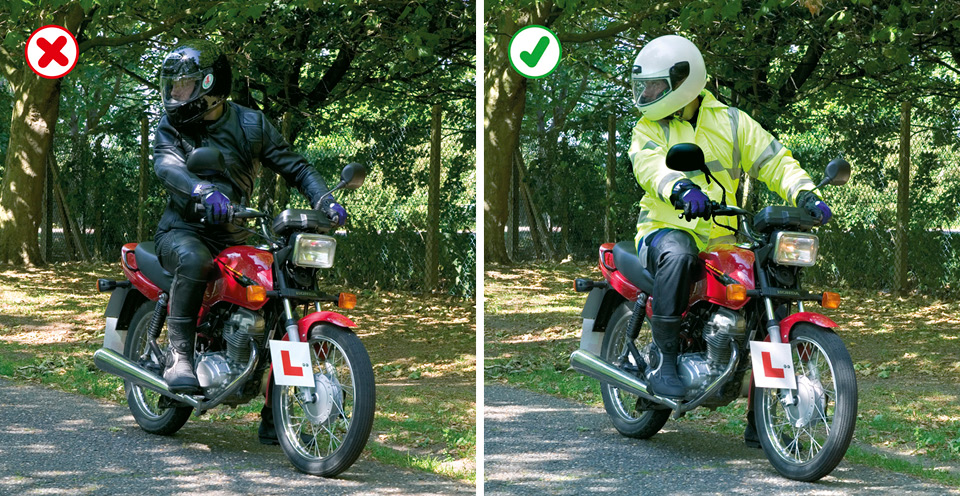
Road Safety for Horse Riders
One vulnerable road user that might be overlooked are horse riders. On average 10 horse riders die each year as well as causing 100 traffic accidents a year on average. Here are some guidelines surrounding safe horse riding:
- Always display fluorescent or reflective clothing on both you and your horse, regardless of the weather or light conditions.
- Never ride in failing light, fog, or darkness.
- Avoid icy or snowy roads when possible.
- Don’t take a mounted group larger than eight horses on the road.
- Always cross major crossings as a group, rather than one by one.
- If riding a horse that is not used to roads, ensure you are accompanied by a calm and experienced rider.
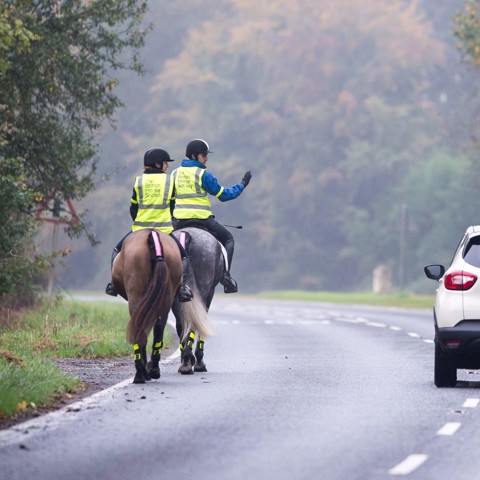
Summary
It is important that every road user has a good understanding of how to keep roads safe as well as how to behave safely on the road. Although it is every drivers responsibility to ensure that roads are safe for both themselves and other road users, there are a numberof things more vulnerable road users such as cyclists, motorcyclists and horse riders, can do to keep themselves safe.


